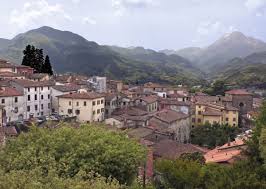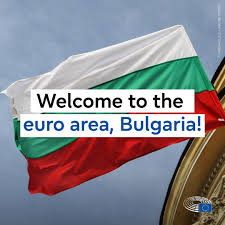CLEW Guide – Italy moves on green transition, but fossil ties remain tight

Rome: Italy has taken significant steps in its green transition over the past decade, but the current government under prime minister Giorgia Meloni has also put a focus on making the country a “gas hub” in the Mediterranean Sea, demonstrating its still deep ties to fossil fuels. Researchers and NGOs have criticised the country’s new draft energy and climate plan (NECP) for being vague about issues like phasing out oil, coal and gas, and quickly expanding alternative energy sources like wind or solar power – issues that make meeting the EU’s climate and renewables targets all the harder. This regularly updated factsheet provides an overview of how far Italy has come in its move to climate neutrality.
With its “CLEW Guide” series, the Clean Energy Wire newsroom and contributors from across Europe are providing journalists with a bird’s-eye view of the climate-friendly transition from key countries and the bloc as a whole. You can also sign up to the weekly newsletter here to receive our “Dispatch from…” – weekly updates from Germany, France, Italy, Croatia, Poland and the EU on the need-to-know about the continent’s move to climate neutrality.
Italy is the second largest manufacturer in Europe. Besides agricultural goods production, it ranks 2nd in Europe in the number of enterprises in the microelectronics industry, a key sector for the technological and ecological transformation. It also has a large car industry sector.
Italy is becoming a strategic gateway to North Africa and the Middle East, especially after the changes in Europe’s energy supply following Russia’s invasion of Ukraine. Algeria now is Italy’s main gas supplier, followed by Azerbaijan, and northern European countries the Netherlands and Norway.
Most of the country’s fossil energy is imported (78 percent in 2021).
Greenhouse gas emissions have decreased 20 percent since 1990. Italy aims to become climate neutral by 2050. The country has remained consistently within its allocated emission allowances in the EU effort-sharing scheme and estimates that its planned measures will result in it slightly exceeding the 2030 target.
Due to the heightened concern about climate change, the European Green Deal and the national energy transition plans should have solid public backing. However, people have a strong distrust of politics, the institutions and the media.
Analysts say that since the energy crisis 2022, the entire political spectrum in Italy sees renewables expansion as a no-regret measure. At the same time, the three-party government coalition set up in 2022 of Fratelli d’Italia, Lega and Forza Italia is focussing on becoming a “gas hub” in the Mediterranean Sea in order to secure energy supplies and diversify sources. Experts say this could delay efforts to decarbonise the energy system and put climate targets at risk.
The debate on nuclear energy has flared up again in Italy, driven by the current government coalition, which sees nuclear as an energy source that can accelerate decarbonisation. The country closed its last nuclear power plant in the 1980s.
Europa Verde, (Green Europe) a political party with a focus on climate-friendly transformation, had no representation in Italy’s parliament for 14 years. In the 2022 election, it re-entered, but won only a couple of seats.
The country’s steps toward climate neutrality laid out in the National Energy and Climate Plan (NECP) remain vague, according to think tank analysts and climate activists. Italy has submitted a draft update of the plan to the EU.
By summer 2023, Italy emerged from both the pandemic and the energy crisis relatively unscathed. As in the rest of Europe, mild temperatures, savings, energy efficiency and the quest for alternative energy sources– especially from North Africa – have prevented shortages, and the state supported businesses and citizens grappling with rising prices and high energy bills.
The energy crisis and the widespread droughts in recent years have caused a contraction of the share of renewables in electricity production, mainly due to the sharp drop in hydroelectricity generation.





